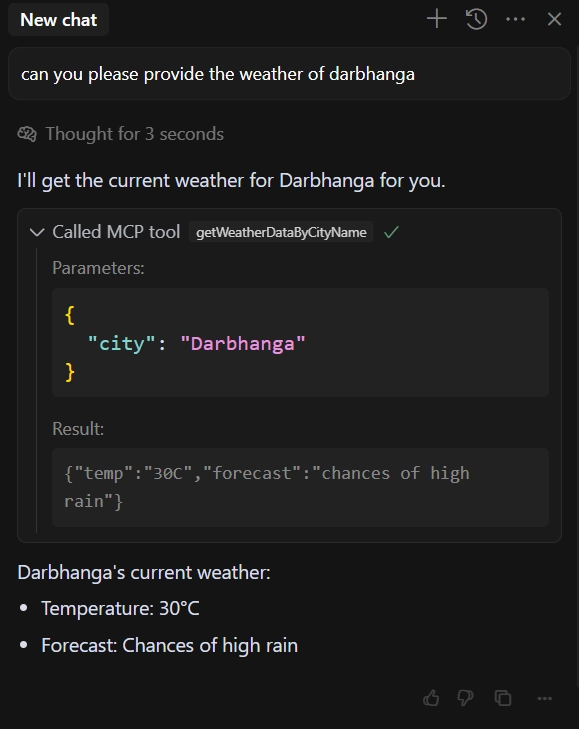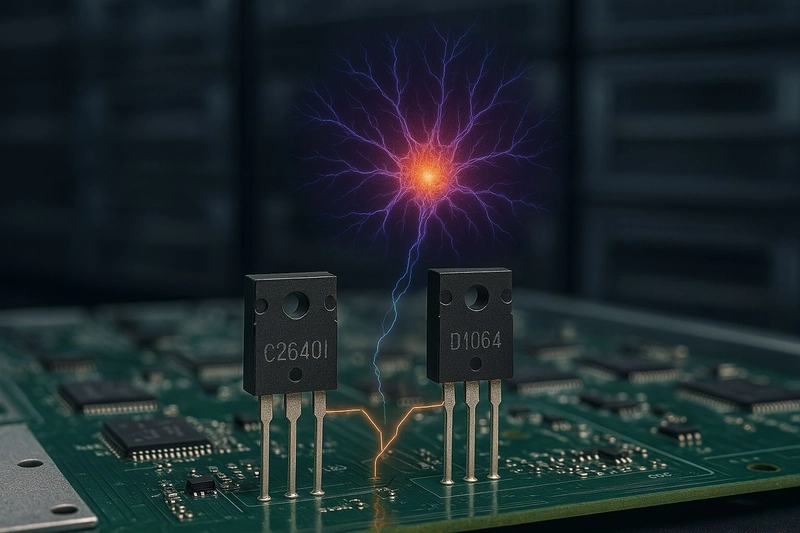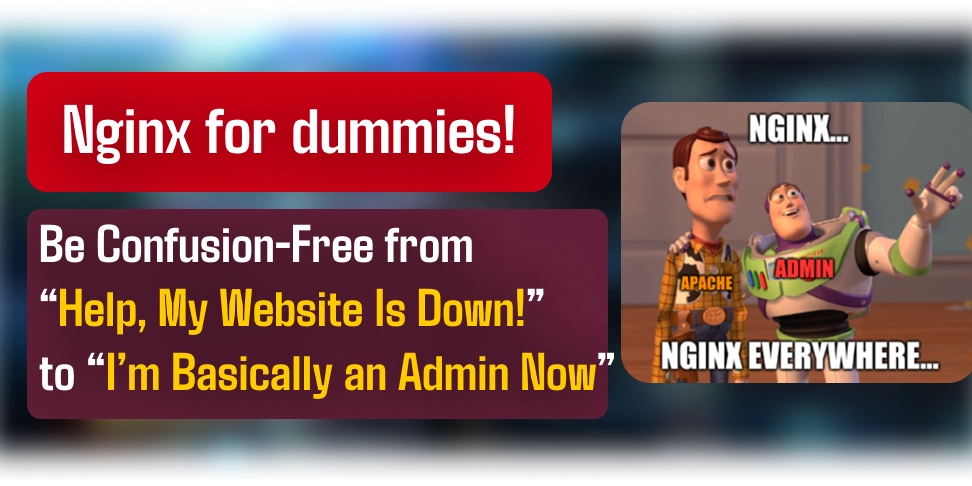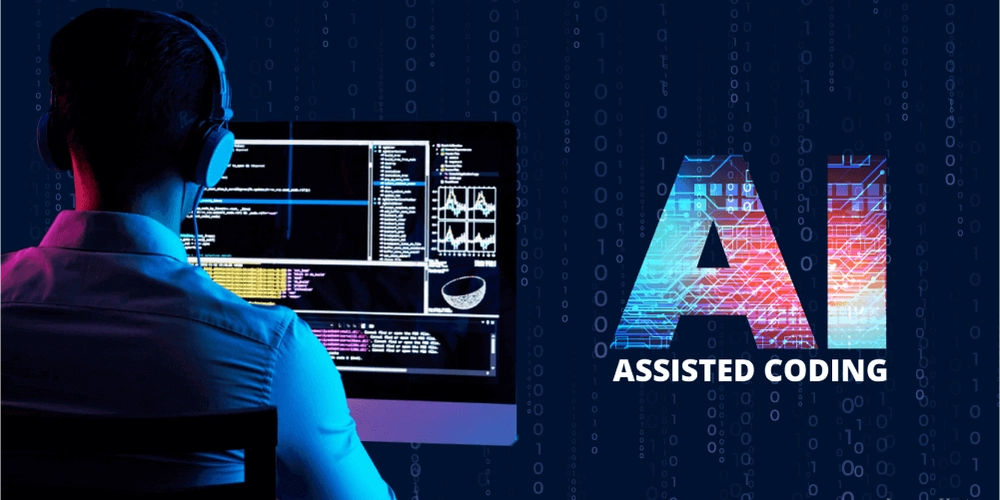How MCP Transforms AI-Powered IDEs Like Cursor
What is MCP and Why Should You Care? If you've ever used AI-powered tools like Cursor or virtual assistants, you might have noticed that they are often limited to specific functionalities—for example, Cursor primarily helps with code-related queries but lacks access to real-time external data. This happens because AI models rely on pre-trained knowledge and don't automatically fetch live data. This is where Model Context Protocol (MCP) servers come in. Think of MCP as a bridge between AI models and the real world. It enables AI applications to fetch real-time information, execute actions, and interact with various data sources in a structured way. Instead of manually integrating APIs for each use case, MCP servers provide a standardized way for AI to access live data and external tools. For a deeper technical dive, check out the Model Context Protocol documentation here. Why is MCP Important for AI? AI assistants often face these common issues: Limited to pre-trained knowledge – They can't fetch real-time data. Contextual gaps – They may struggle with providing relevant responses. Lack of automation – Manual API integrations are required for every external data source. MCP fixes these problems by acting as a bridge between AI models and real-time data sources: Fetch up-to-date information – AI can access fresh data dynamically. Enable real-time interactions – AI can execute tools and interact with external APIs. Improve contextual understanding – MCP structures data in a way that AI understands, leading to more precise responses. For example, if you use Cursor to analyze a piece of code, it might generate a generic response without deeper insights. However, with MCP: AI can fetch your latest GitHub commits to provide relevant context. It can analyze patterns in your code to suggest optimizations. MCP tools can refine vague prompts into meaningful, structured requests, improving AI responses. This makes AI-powered developer tools more intelligent and efficient. How MCP Works: A Simple Breakdown MCP servers operate using three main components:

What is MCP and Why Should You Care?
If you've ever used AI-powered tools like Cursor or virtual assistants, you might have noticed that they are often limited to specific functionalities—for example, Cursor primarily helps with code-related queries but lacks access to real-time external data.
This happens because AI models rely on pre-trained knowledge and don't automatically fetch live data. This is where Model Context Protocol (MCP) servers come in.
Think of MCP as a bridge between AI models and the real world. It enables AI applications to fetch real-time information, execute actions, and interact with various data sources in a structured way. Instead of manually integrating APIs for each use case, MCP servers provide a standardized way for AI to access live data and external tools.
For a deeper technical dive, check out the Model Context Protocol documentation here.
Why is MCP Important for AI?
AI assistants often face these common issues:
Limited to pre-trained knowledge – They can't fetch real-time data.
Contextual gaps – They may struggle with providing relevant responses.
Lack of automation – Manual API integrations are required for every external data source.
MCP fixes these problems by acting as a bridge between AI models and real-time data sources:
Fetch up-to-date information – AI can access fresh data dynamically.
Enable real-time interactions – AI can execute tools and interact with external APIs.
Improve contextual understanding – MCP structures data in a way that AI understands, leading to more precise responses.
For example, if you use Cursor to analyze a piece of code, it might generate a generic response without deeper insights. However, with MCP:
AI can fetch your latest GitHub commits to provide relevant context.
It can analyze patterns in your code to suggest optimizations.
MCP tools can refine vague prompts into meaningful, structured requests, improving AI responses.
This makes AI-powered developer tools more intelligent and efficient.
How MCP Works: A Simple Breakdown
MCP servers operate using three main components:












































































































































































![[The AI Show Episode 142]: ChatGPT’s New Image Generator, Studio Ghibli Craze and Backlash, Gemini 2.5, OpenAI Academy, 4o Updates, Vibe Marketing & xAI Acquires X](https://www.marketingaiinstitute.com/hubfs/ep%20142%20cover.png)




























































































































![[DEALS] The Premium Learn to Code Certification Bundle (97% off) & Other Deals Up To 98% Off – Offers End Soon!](https://www.javacodegeeks.com/wp-content/uploads/2012/12/jcg-logo.jpg)

![From drop-out to software architect with Jason Lengstorf [Podcast #167]](https://cdn.hashnode.com/res/hashnode/image/upload/v1743796461357/f3d19cd7-e6f5-4d7c-8bfc-eb974bc8da68.png?#)








































































































.png?#)


































_Christophe_Coat_Alamy.jpg?#)


.webp?#)





































































































![Apple Considers Delaying Smart Home Hub Until 2026 [Gurman]](https://www.iclarified.com/images/news/96946/96946/96946-640.jpg)
![iPhone 17 Pro Won't Feature Two-Toned Back [Gurman]](https://www.iclarified.com/images/news/96944/96944/96944-640.jpg)
![Tariffs Threaten Apple's $999 iPhone Price Point in the U.S. [Gurman]](https://www.iclarified.com/images/news/96943/96943/96943-640.jpg)




































































































































